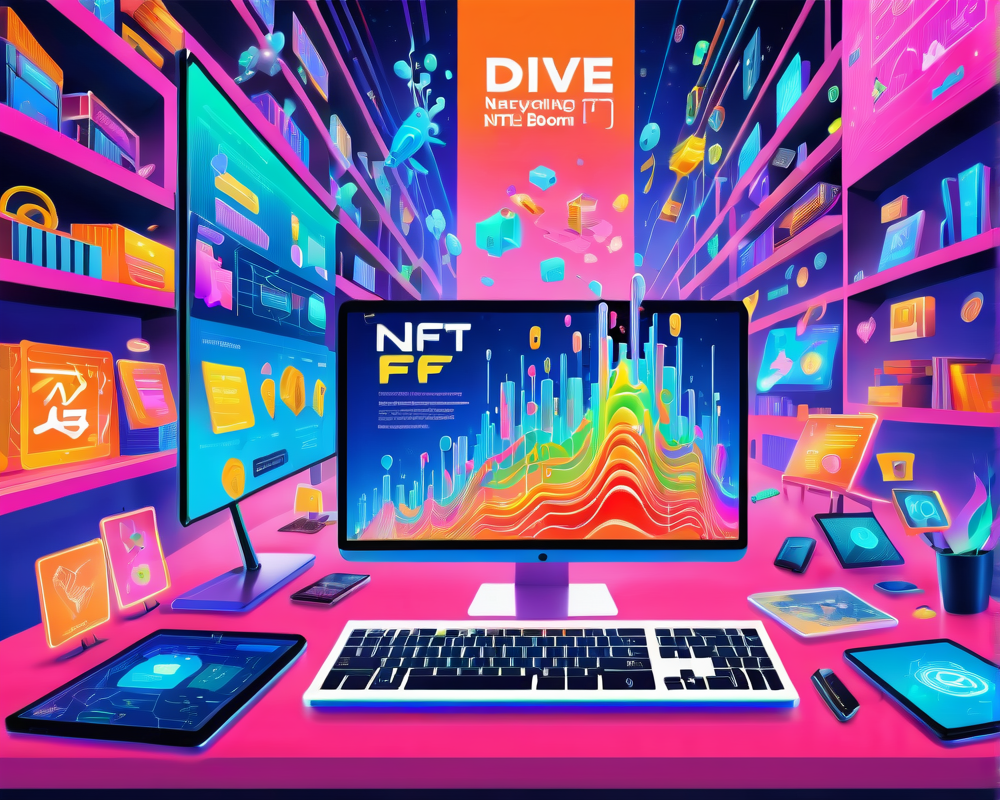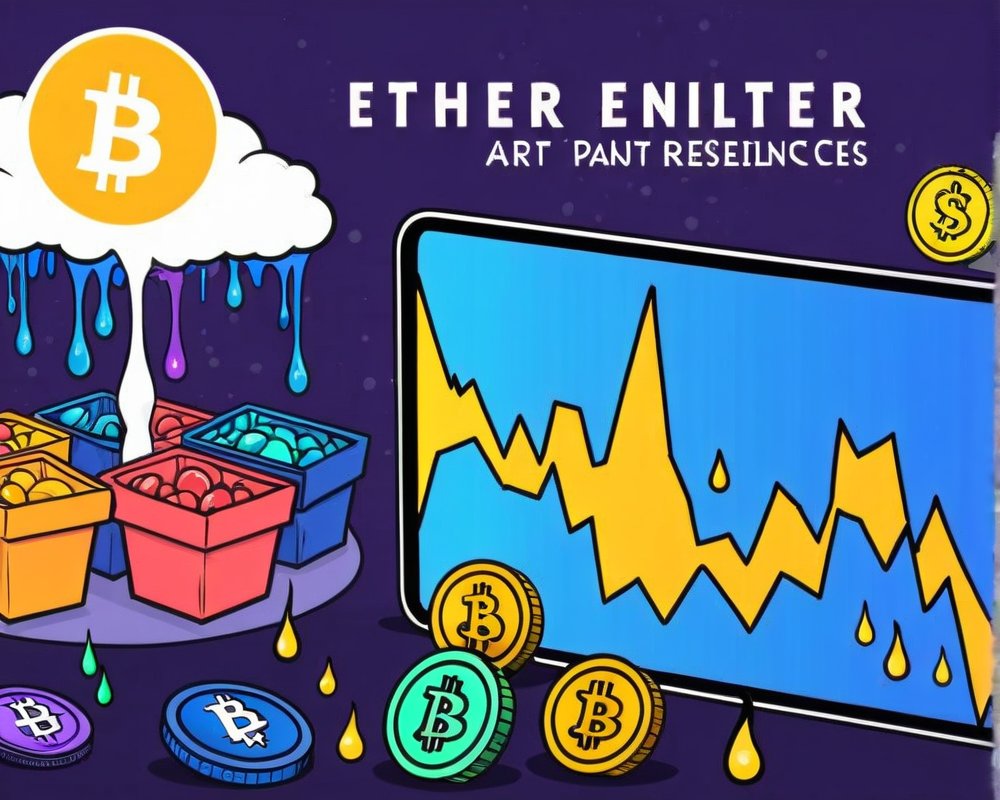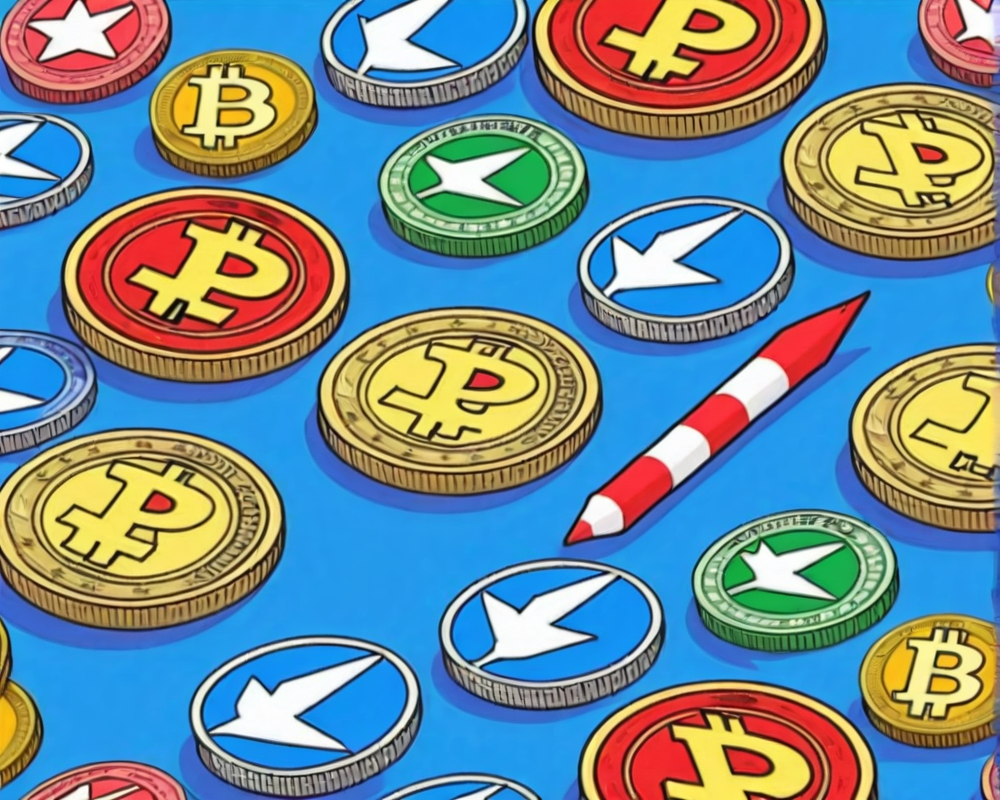The NFT Craze: From Fad to Financial Frontier
Even if you’re not a cryptocurrency aficionado, you can’t have missed the chatter surrounding NFTs and the skyrocketing values of digital currencies like Ethereum (ETH). These digital tokens represent a revolution in the way artists can monetize their work and collectors can amass art. Forget dusty old galleries; the new frontier of collecting is just a digital wallet away. In fact, NFTs accounted for an astonishing $2.5 billion in sales in just the first three months of 2021. If you thought the hype was overwhelming, buckle up—this is just the tip of the iceberg.
A Throwback to NFT Origins
While it seems like NFTs burst onto the scene out of nowhere in 2021, they’ve actually been around since 2017 when Ethereum unveiled the ERC-721 standard. This open standard allows for the creation of NFTs on compatible blockchains, making it easier for developers to innovate. But like a classic rock song, the original ideas are now being revisited with a fresh spin, questioning why these digital assets were created and how we can improve upon them.
Callisto Network: Safety First, NFTs Second
Enter Callisto Network, where security experts aim to tackle some of the pressing concerns that accompany NFT usage. They’ve introduced a new NFT standard that promises enhanced safety and usability, hoping to put the “fun” back in functional digital collectibles. Dexaran, a blockchain security whiz and the mastermind behind Callisto, noted that “our main goal should be to build a better financial infrastructure for ourselves.” And who doesn’t want a secure financial playground to spend their digital dollars?
Redefining Trading in the NFT Space
The proposed standard from Callisto includes a fascinating twist: built-in trading capabilities. No longer will collectors have to rely on third-party marketplaces that often eat into their profits. With this innovation, buyers and sellers can interact directly through the NFT’s smart contract. Essentially, it’s like cutting out the middleman and retaining more of the financial spoils. Creators can even earn a piece of the pie on sales, rather than letting those fees slip away to faceless platforms. Everyone wins—well, almost everyone.
Automating the NFT Ecosystem
Currently, a notable gap exists in the ERC-721 standard: the lack of events. While techies might raise an eyebrow at this, it’s a significant flaw missing from the automation toolbox for creators. NFTs shouldn’t just be cute little images on the blockchain; they should trigger actions and engagements automatically. Imagine a world where your NFT responds with perks or changes when it trades. That’s the future, and it’s calling!
Conclusion: Embracing the Digital Shift
As we dive deeper into this digital era, NFTs are carving their way into our economic landscape, not just as a trend, but as part of our cultural evolution. Understanding the innovations, like those from Callisto Network, is crucial in the ongoing conversation about security and profitability in the NFT world. Buckle up, everyone; the digital art space is only going to get crazier!



